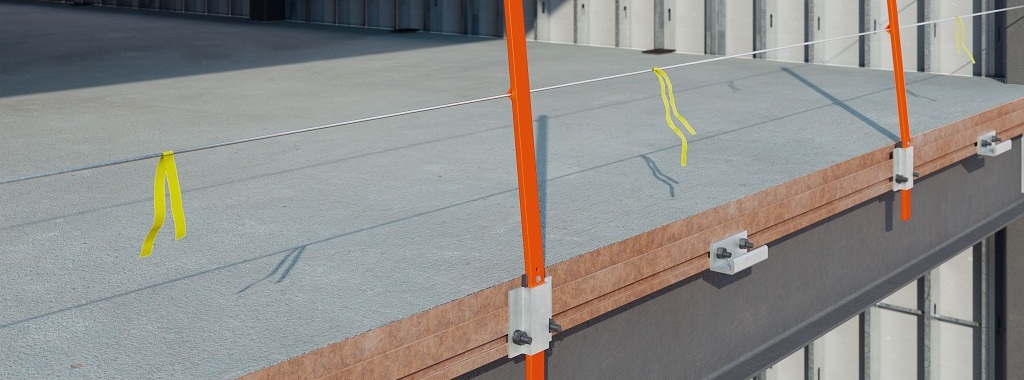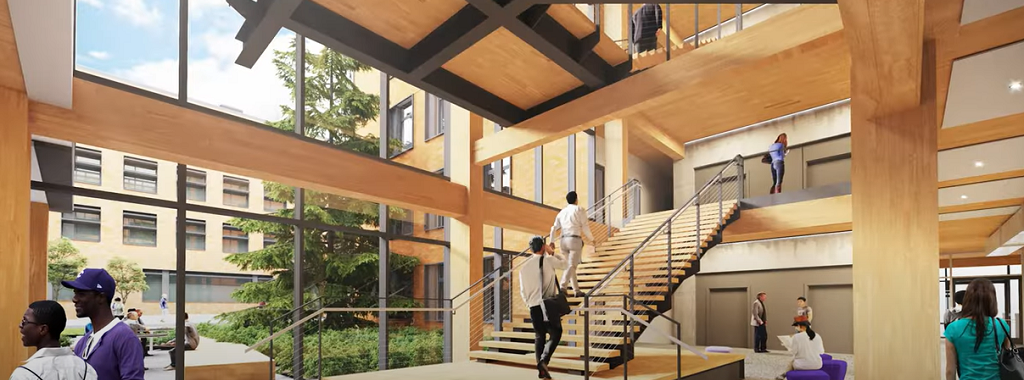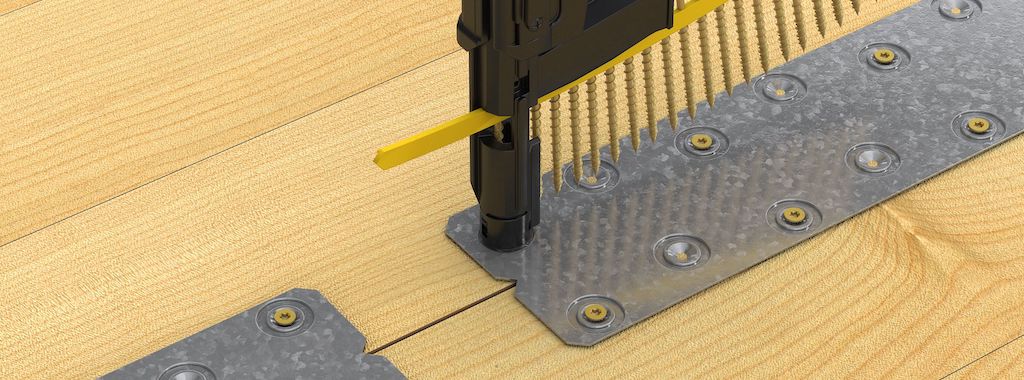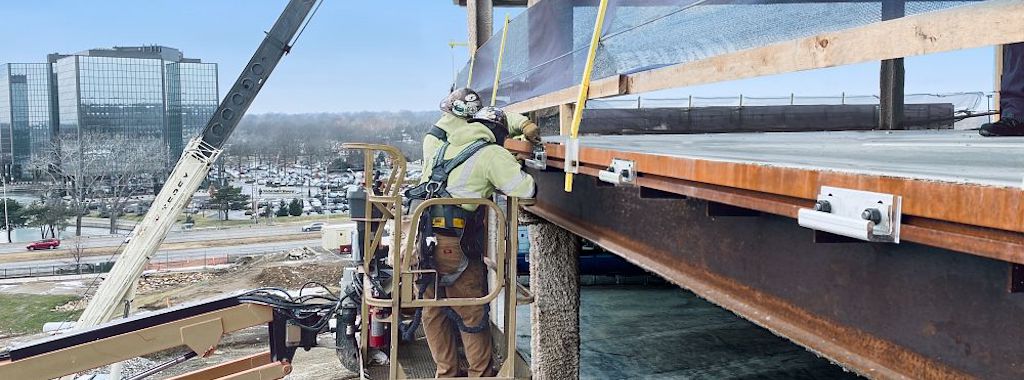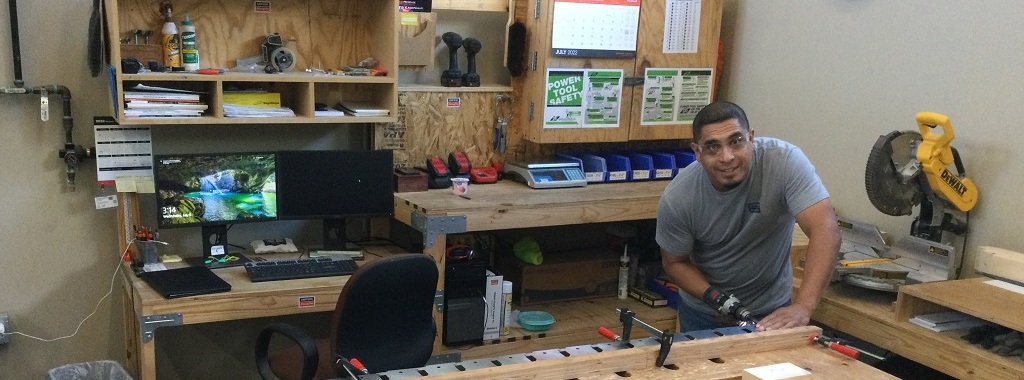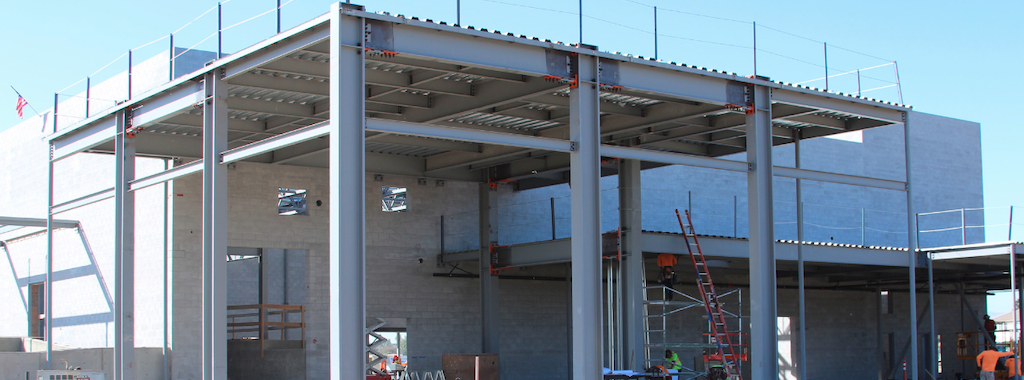Structural renovation work continues on a historic, 1920s-era building in Hollywood, California. This major renovation will improve the structural performance of the building and help ensure that theatregoers and other occupants are safe in the event of a major earthquake.
Mechanical Anchors: Screw vs. Expansion: — Which Is Right for Me?
Not all post-installed mechanical anchors are created equal. There are key differences between screw and expansion anchor types — differences that include how they gain their holding strength, installation requirements, and overall anchor performance. In the following post, field engineers Todd Hamilton, Chris Johnson and Derek Gilbert compare the two anchor types.
Rachel Holland : New Co-Host of The Structural Engineering Channel Podcast
The Structural Engineering Channel Podcast is an invaluable resource for engineers no matter where they are in their career journey. Simpson Strong-Tie is proud to announce our very own US Southwest Engineering Supervisor Rachel Holland has been selected as the next co-host for the well-regarded podcast series. Continue Reading
Learn New Design Methods to Enclose Buildings Faster Webinar Q&A
In this post, we follow up on our October webinar, New Design Methods to Enclose Buildings Faster, by answering some of the interesting questions raised by attendees.
During the webinar, we discussed new design methods and solutions for curtain-wall and cladding connections and how they can maximize efficiency and resiliency throughout the construction process. In case you could not join our discussion, you can watch the on-demand webinar and earn PDH and CEU credits here.Continue Reading
Mass Timber Case Study: University of Washington’s Founders Hall
The University of Washington’s Foster School of Business is adding a mass timber building to its campus. Founders Hall is made of glulam columns and beams that support five-ply cross-laminated timber (CLT) panels.Continue Reading
How to Accommodate Misplaced Shearwall Anchorage
For several years, the Simpson Strong-Tie Strong-Wall® research and development team has kicked around the idea of developing an “adapter” that would allow for field substitutions or accommodate misplaced Strong-Wall anchorage.
How to Connect Mass Timber Panels with Steel Instead of Plywood
Simpson Strong-Tie has developed a faster, easier and more economical way to connect CLT and other types of panels on mass timber projects. Introducing the LDSS light diaphragm spline solution, featuring a steel spline strap that replaces traditional plywood splines.
Inventing the Edge-Tie System
Last fall we hosted a two-part webinar series on the latest innovations in designing cladding connections for structural buildings. The first webinar, covered some of the biggest challenges that fabricators, engineers, and contractors in the structural steel industry face when designing façade attachments to a building structure. We discussed new design methods and solutions, such as bolted connections that do not require any field-welding to help enclose buildings quickly and reduce overall project schedules and costs.
Take a Tour of Our McKinney R&D Lab
Did you know that Simpson Strong-Tie has a research and development lab in our McKinney, Texas, branch? In the following article, Francisco, the McKinney branch lab manager, talks about the history of this lab and what we do there.
Spotlighting Our Yield-Link® Moment Connection: Three Project Cases
Our Yield-Link connection is precision-made to meet the tough demands and increased loads of structural steel construction. From building owners to engineers, to contractors and fabricators, the Yield-Link’s state-of-the-art design saves everyone time and money — while providing a connection that keeps structural steel buildings strong and safe.




